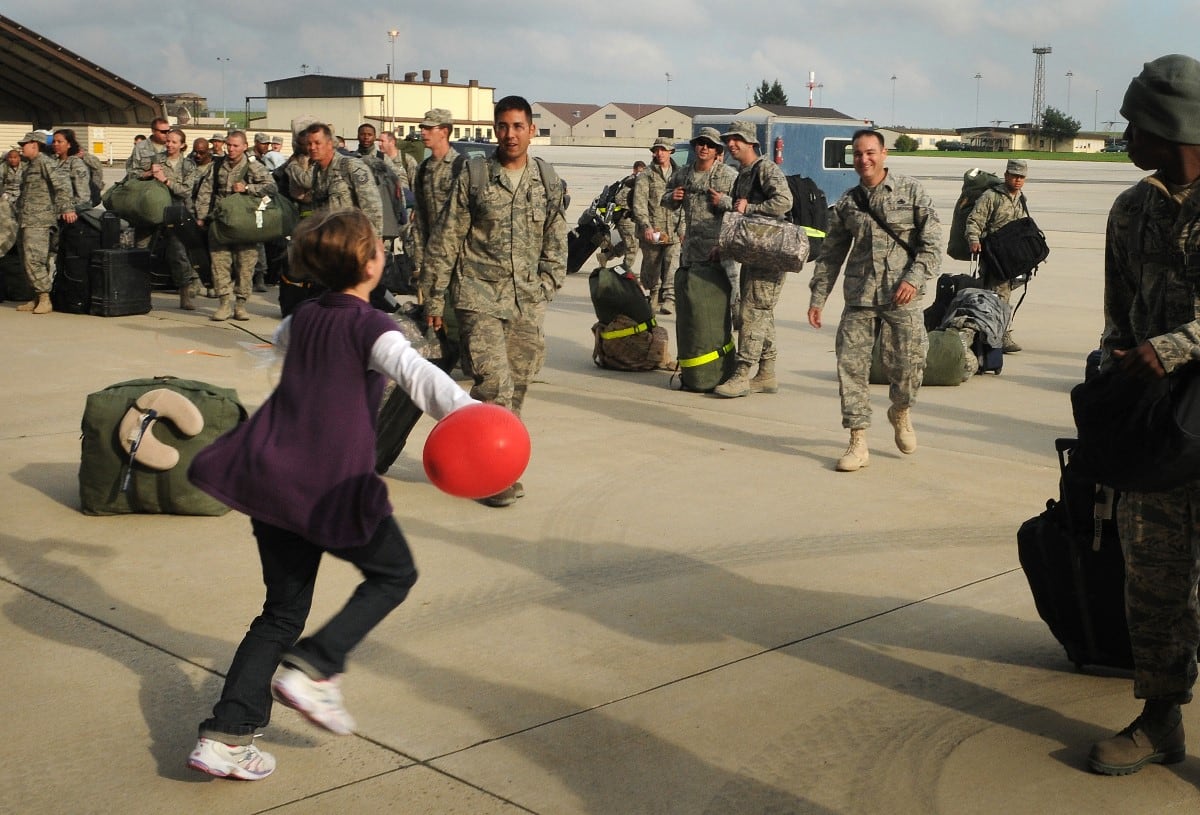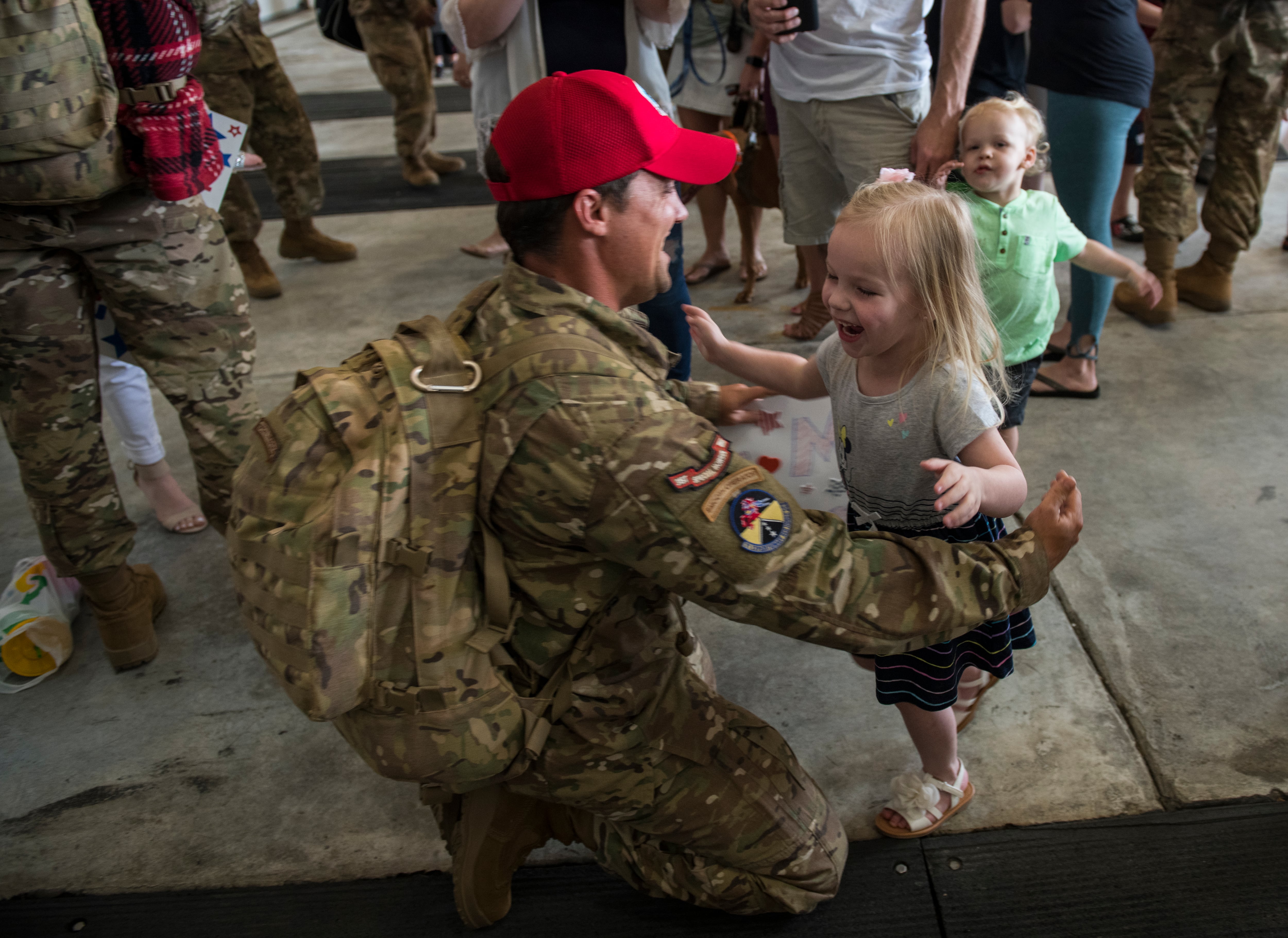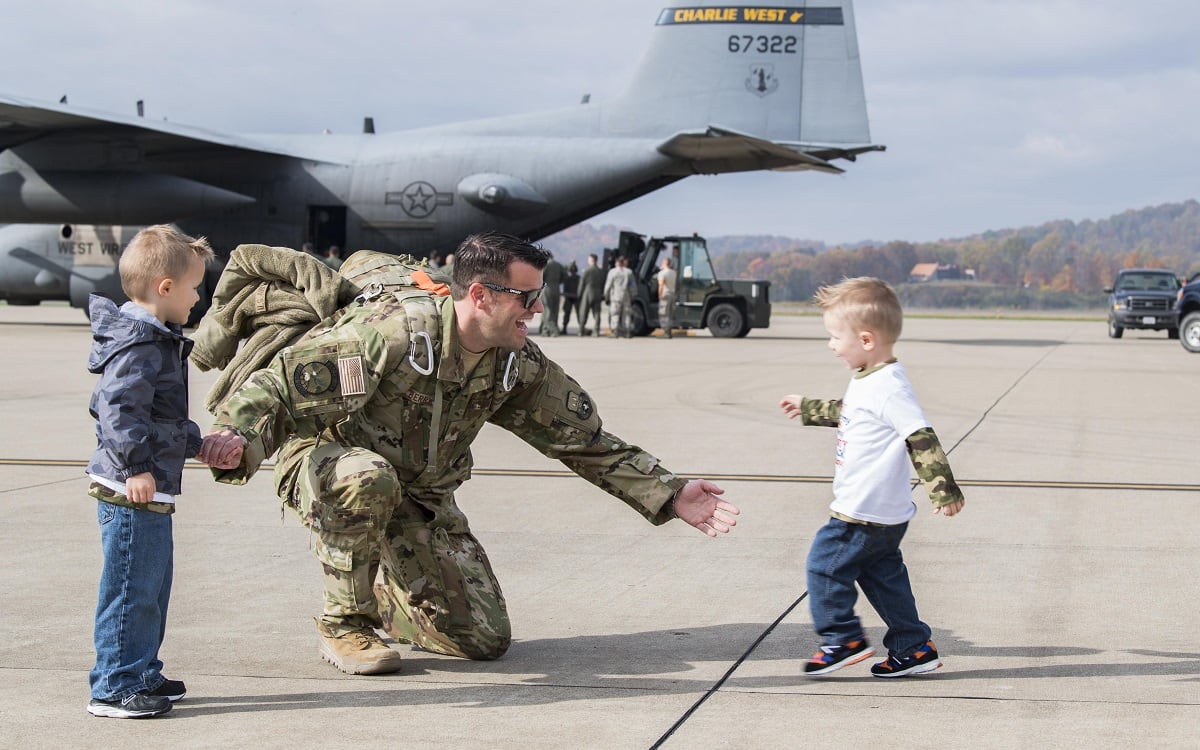Pre-deployment requirements for airmen entering U.S. Air Forces Central Command’s area of responsibility were further slashed last month thanks to bureaucratic trimming by the command’s manpower, personnel and services director, or A1.
In March, the command’s 23-page Reporting Instructions document was reduced to just nine pages in an opening salvo against wasted time.
That measure was followed by a second phase in June, which further reduces the number of checklist items deploying airmen must complete, extends the currency of computer-based training, and streamlines local reporting instructions for countries in AFCENT’s AOR.
“The intent was to make policies and processes that said less but meant more,” said Maj. Tamekia Payne, AFCENT’s A1 forward deputy director, in a Tuesday press release.
“It gives people their time back; it pushes authorities down to the right levels,” Payne added.
The new pre-deployment checklist was partially streamlined by, ironically, adding a medical portion.
RELATED

Originally, medical pre-deployment requirements came in a six-page, stand-alone document. Under this updated version, the medical requirements are now part of a streamlined, one-page AFCENT checklist, according to the press release.
The other big improvement is a decrease in time spent on computer-based training.
Previously, AFCENT would extend the “shelf life” of most training requirements by considering training current when deploying as current through the entire term of a deployment. The Air Force’s Cyber Enterprise has now given approval for the Cyber Awareness Challenge Training course to be handled the same way.

“Now, unit training managers are directed to update a deploying airman’s training to be valid through the term of the deployment plus 30 days after they return,” according to the press release.
The end goal is to help airmen focus less on minutia prior to a deployment, and instead spend more time on family and mission-related matters.
“Everything we did in our reduction of training and making training count through the term of the deployment was adopted as the Air Force’s standard for all AORs,” said Col. Devin Statham, AFCENT’s A1 at Shaw Air Force Base, South Carolina. “Essentially, the Air Force took our model and expanded it to every deployment worldwide.”
RELATED

One final change was to cut Local Reporting Instructions from 295 to 40 pages.
With this update, each country should have only one set of reporting instructions that will be limited to points of contact for each respective unit and the minimum information necessary to facilitate transitioning from a home duty station to a deployed work station.
“This isn’t really anything dramatically different than what we have done before,” said Statham. “We are just doubling down on our efforts, giving more time back, reducing guidance and empowering commanders to make decisions.”
Kyle Rempfer was an editor and reporter who has covered combat operations, criminal cases, foreign military assistance and training accidents. Before entering journalism, Kyle served in U.S. Air Force Special Tactics and deployed in 2014 to Paktika Province, Afghanistan, and Baghdad, Iraq.




